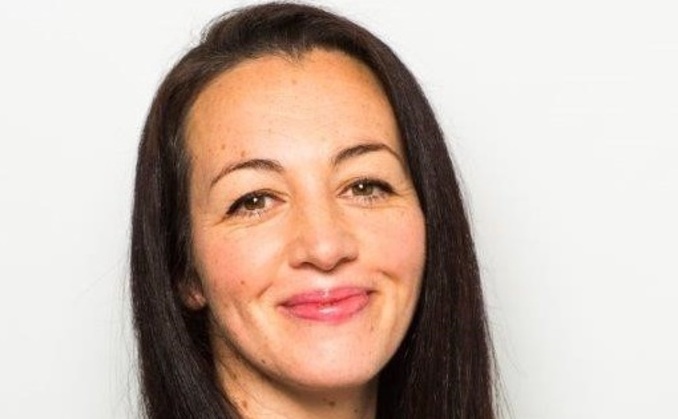
Sharon Bellingham, Scottish Widows Master Trust Lead and Scheme Strategist
TPR's latest comprehensive look at the occupational DC landscape might not be earth shattering but dig deeper and it delivers plenty of food for thought.
While there are no big shocks the trends are quite clear, with the steady rate of consolidation during 2023 continuing at a similar pace to previous years. The number of non-micro-DC and hybrid schemes decreased by 11% over the last year, while the number of members increased by 9%.
The reduction in schemes is driven by those with fewer than 5,000 members and master trusts continue to provide for most DC members, with 84% of DC or hybrid scheme members now part of a master trust.
Low asset growth
Asset growth over the reporting period was muted with the small increase (1%) in assets per member the result of investment market volatility over the previous year. This is a considerable shift from the previous three years, where annual growth was 10-20%, and is a consequence of market instability as we faced into cost-of-living challenges, inflation, and broader geopolitical events.
Decade and more of change
The report also shows just how much the pension landscape has evolved since TPR published its first DC report over a decade ago, just as the largest employers geared up for automatic enrolment.
Membership has grown 12-fold from 2.3m to 28.8m since early 2012 and membership numbers continue to rise, up by 11% in 2022-23 alone.
Automatic enrolment has been a great success with more people than ever before saving for their future, but pension adequacy (or, rather, the lack of it) remains a huge and complex challenge.
The number of non-micro schemes and hybrid schemes has declined by 70% since 2012 and TPR has set out plans for a different kind of pension regulation, more focused on poorly governed schemes and tackling harm.
It is open in its desire to encourage smaller and less well-governed schemes to seriously consider whether they demonstrate best value for members. Delivering value for money in pensions is a key priority for TPR, as is driving a shift in focus from cost to value.
The pace of change
There is, however, a view that consolidation isn't happening at a pace that many anticipated a few years ago. If there is a desire to speed up this transition, regulatory intervention is likely to be needed and we recognise that TPR's powers are currently limited in this respect.
The marked improvements seen in defined benefit (DB) funding levels may also lead to an increase in the longevity of the DC sections within a hybrid scheme, as sponsors and schemes look at ways to use or access surplus assets. Using a surplus to subsidise employer contributions is an option increasing in popularity and some are even reversing DC provision back into a section of their DB scheme.
But what of market capacity if the pace of DC consolidation did start to ramp up?
One challenge is that the lion's share of consolidating schemes flows to a relatively small pool of providers, meaning that choice could be limited if capacity starts to bite, and more providers become more selective.
There are also a finite number of intermediaries and legal advisers who have the right experience and knowledge necessary to support master trust sourcing and transition, so it's also worth bearing in mind that employers and trustees requiring advice could also face capacity-related compromises when looking for expert assistance.
Removing barriers
Then there are the costs associated with change and consolidation which can be further barriers for employers and trustees.
The barriers which may stand in the way of change are often overlooked, not least how we deal with valuable guarantees promised in the 1980s and 90s as well as the presence of complex underpins.
These need to be addressed now so that they don't adversely impact member outcomes. The question is how can the industry and regulators come together to address this?






